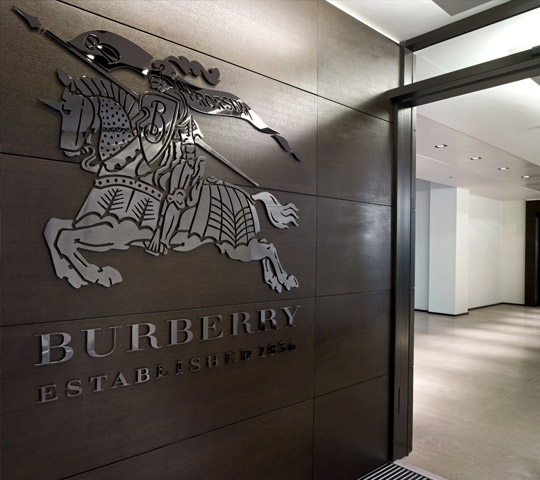High end British fashion label, Burberry destroyed unsold clothes, accessories and perfume worth £28.6m last year to protect its brand from counterfei
High end British fashion label, Burberry destroyed unsold clothes, accessories and perfume worth £28.6m last year to protect its brand from counterfeiters, thus bringing the total value of goods destroyed over the past five years to more than £90m.
The luxury brand said last year was unusual as it had to destroy a large amount of perfume after signing a new deal with US firm Coty. As Coty would be making new stock, Burberry had to dispose of £10m worth of old products – largely perfume. Over the past few years, Burberry has been working hard to make its brand exclusive again after it went through a phase when counterfeiters were sticking the Burberry check on anything they could.
According to Maria Malone, principal lecturer on the fashion business at Manchester Metropolitan University, destroying unwanted products is part of that process. The reason they are doing this is so that the market is not flooded with discounts. They don’t want Burberry products to get into the hands of anyone who can sell them at a discount and devalue the brand.
Burberry is not the only fashion firm that deals with surplus of luxury stock by destroying them. Richemont, which owns the Cartier and Montblanc brands, has had to buy back €480m (£430m) worth of watches over the last two years. Analysts say some parts of those watches would be recycled – but much would be thrown away.
But environmental campaigners are angry about the waste.
“Despite their high prices, Burberry shows no respect for their own products and the hard work and natural resources that are used to made them. The growing amount of overstock points to overproduction, and instead of slowing down their production, they incinerate perfectly good clothes and products. It’s a dirty secret of the fashion industry,” said Lu Yen Roloff of Greenpeace.
